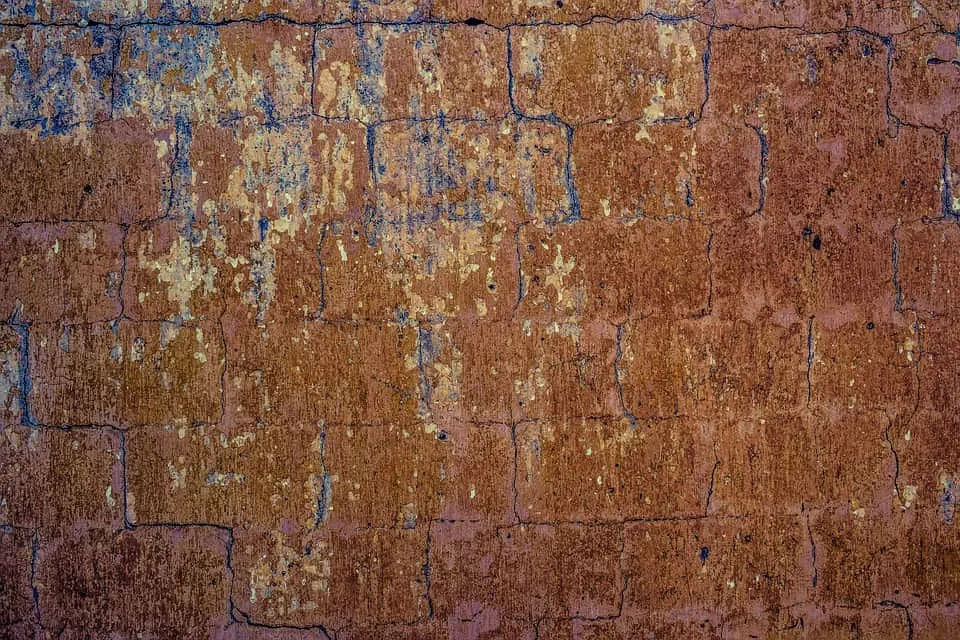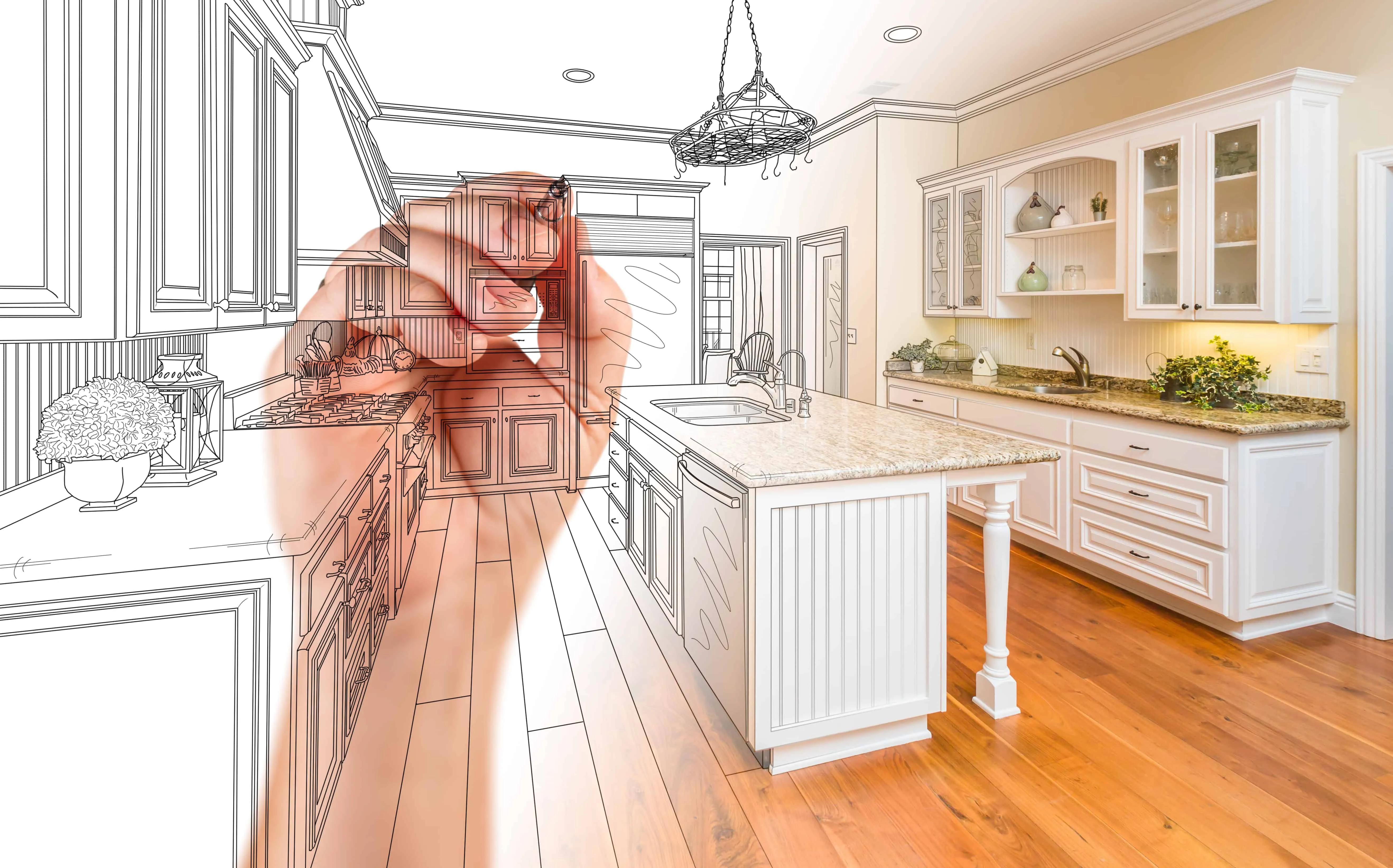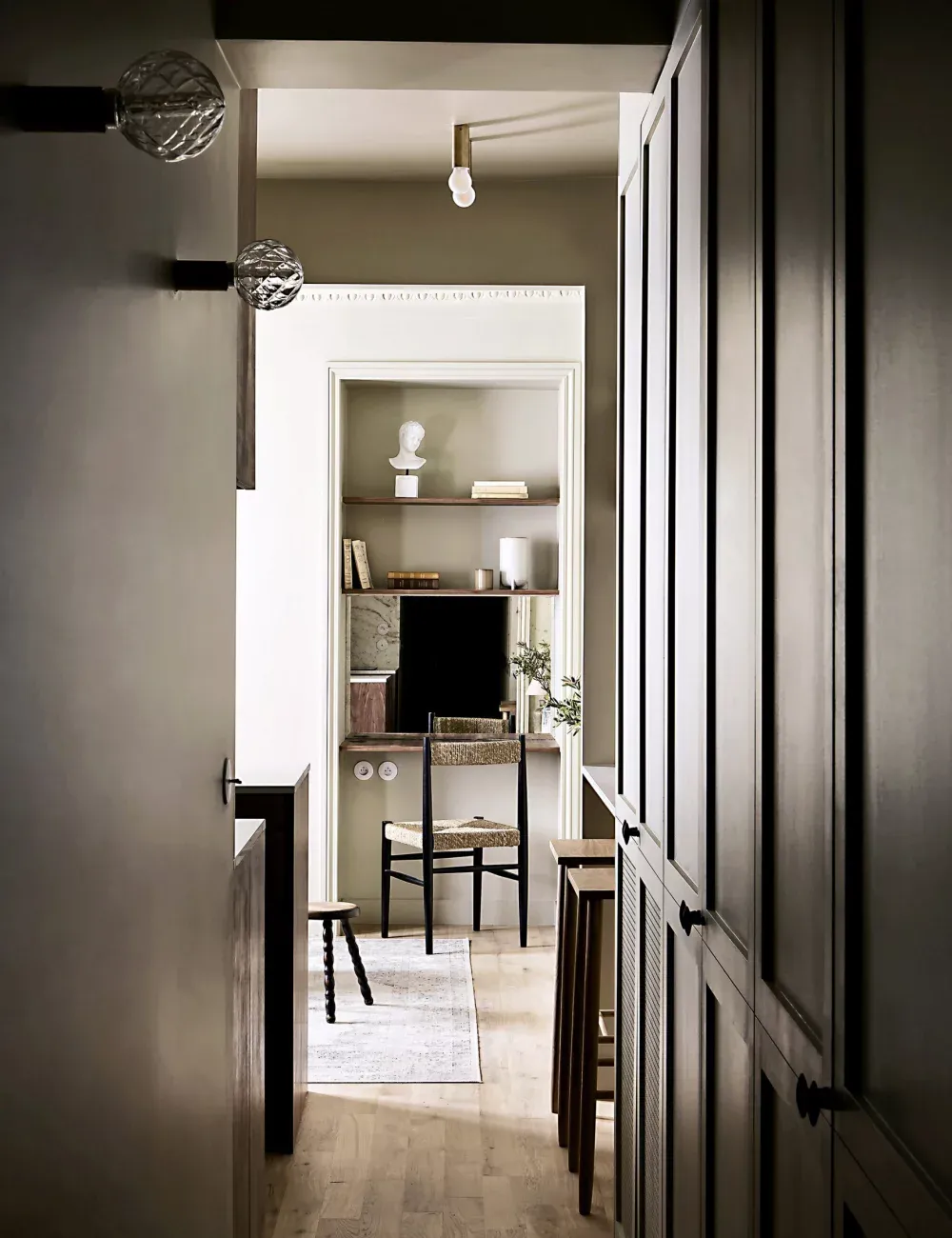There can be your advertisement
300x150
6 Ways to Identify Structural Damage in Your Home
Home repair costs can be high, so it's important to identify any structural damage early. Early detection of structural issues in your home can save you time and money. In this article, we'll explore six ways to identify structural damage in your home.

1.Cracks and Bulges in Walls and Ceilings
One of the most common signs of structural damage is cracks and bulges in walls and ceilings. If you notice any large or growing cracks, it's important to have them checked by a professional as soon as possible. Bulges can also indicate structural damage, so if you notice your walls or ceiling starting to bulge, make sure to have them inspected promptly. Sometimes such repairs can be expensive, and selling your home without completing these works may be the only option. Companies like Cream City Homebuyers specialize in buying homes for cash, so you don't need to complete any repairs.
2.Sagging Roof and Leaks
If your roof is in good condition, it should be able to withstand at least 30 pounds per square foot. However, if your roof begins to sag, it's likely due to structural damage. In addition, leaks are another common sign of roof damage that can also be caused by structural issues.
Many factors can damage your roof, such as heavy snow, strong winds, or even trees. Sagging roofs and leaks are not only signs of structural damage but can also lead to further deterioration if not addressed promptly.
3.Damp Basement or Technical Space
If your basement or technical space is damp, it's likely due to water infiltration. Water infiltration can be caused by various reasons, including cracks in the foundation, broken pipes, or even poor drainage system around your home. Dampness in the basement or technical space can also promote mold and mildew growth, which is harmful to your health. Dampness in the basement or technical space can also be a sign of poor drainage system around your home.
4.Signs of Termites
One of the most common signs of termite damage is the presence of termite mounds. If you see any termite mounds around your home, it's a signal that termites are present. Additionally, if you notice any wood damage such as deformations or hollows inside, it's likely caused by termites. Termites can cause significant damage to your home, so it is important to pay attention to any signs of damage as soon as possible.
5.Uneven Gaps in Windows and Doors
If you notice that your windows and doors are no longer aligned, it's likely due to structural damage. Uneven gaps in windows and doors can be a sign of cracks or foundation collapse. Sometimes the frames of doors and windows may start to pull away from the rest of the house. If this happens, it's a sign that your home is no longer level and may have serious structural damage.
6.Foundation Problems
If you notice that your house is beginning to tilt to one side, it's likely due to foundation issues. Foundation problems can be caused by various reasons such as soil erosion, poor drainage system, or even tree roots. If you suspect foundation issues, it's important to have them checked by a professional as soon as possible.
If you notice any of these signs of structural damage in your home, it's important to have them checked by a professional as soon as possible. Early detection of structural damage can save you time and money in the long run.
More articles:
 6 Examples of Christmas-Decorated Doors
6 Examples of Christmas-Decorated Doors 6 Fun and Creative Home Bar Decoration Ideas That Will Blow Your Mind
6 Fun and Creative Home Bar Decoration Ideas That Will Blow Your Mind 6 Good Reasons to Start Using Home Services
6 Good Reasons to Start Using Home Services 6 Great Ideas to Make Your Home More Eco-Friendly
6 Great Ideas to Make Your Home More Eco-Friendly 6 Home Improvements That Are Worth the Money
6 Home Improvements That Are Worth the Money 6 Ideas for Decorating Walls Without a Big Budget
6 Ideas for Decorating Walls Without a Big Budget 6 Ideas for Improving the Headboard
6 Ideas for Improving the Headboard 6 Ideas for a Successful Interior
6 Ideas for a Successful Interior